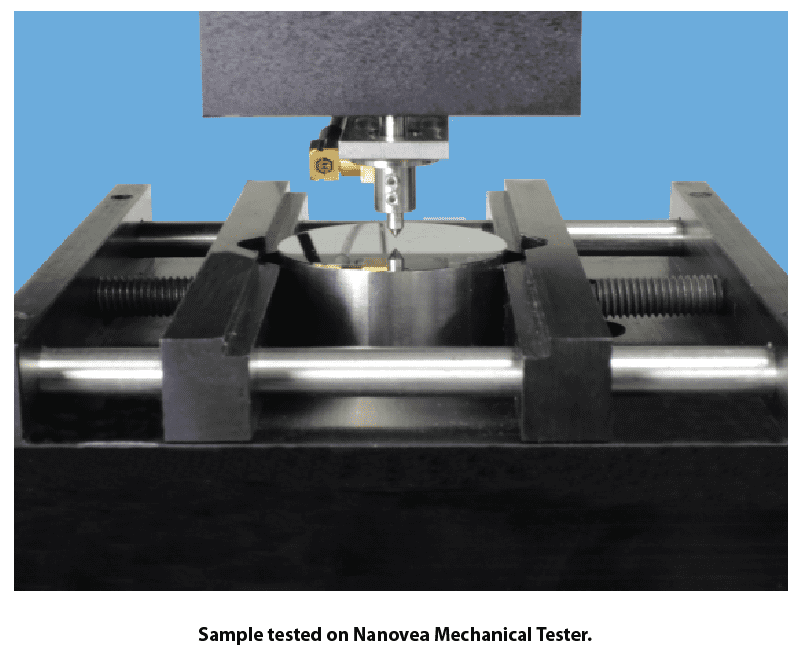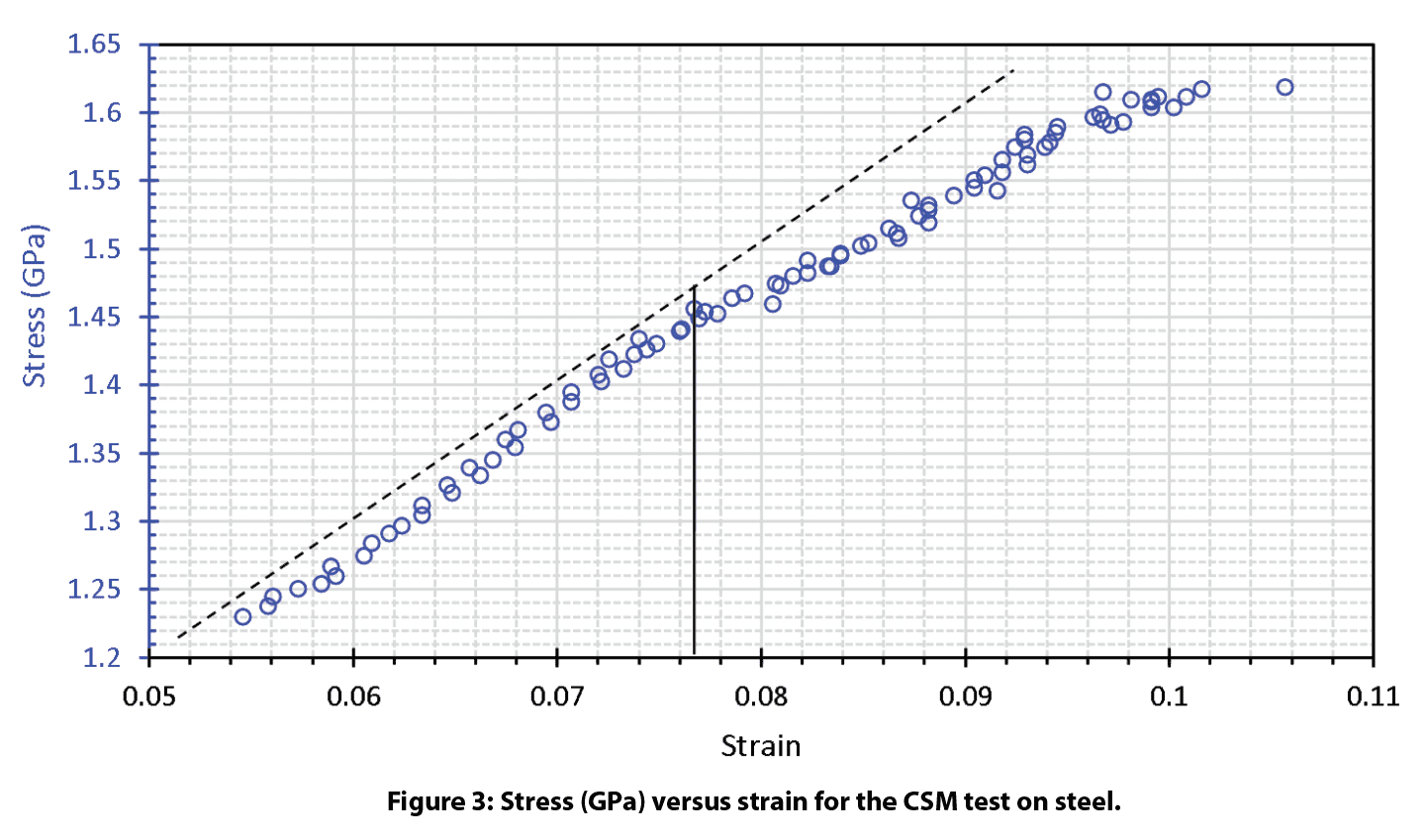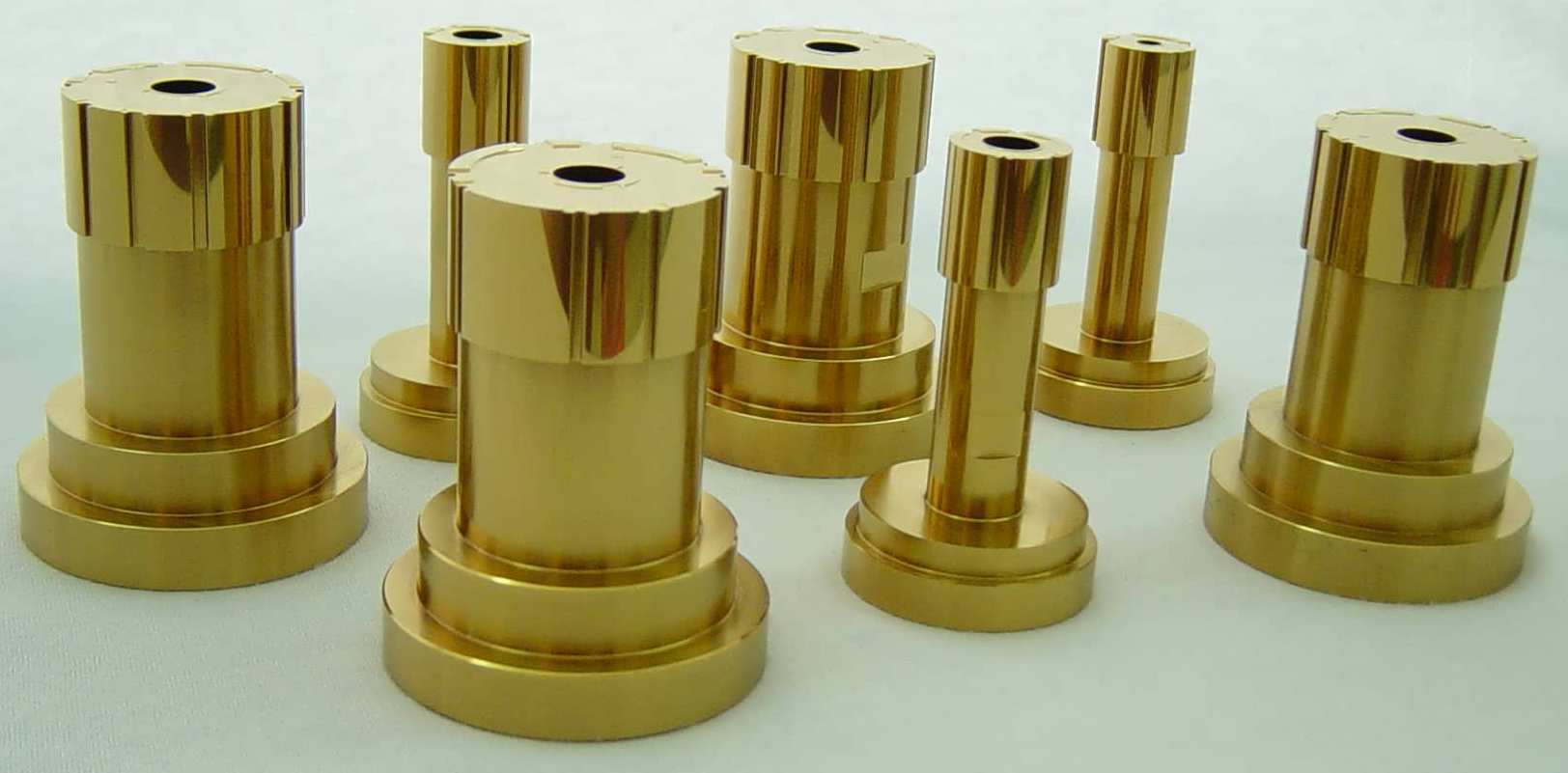
Tribology of Polymers by Tribometer
Tribology of Polymers are commonly seen for tribological applications, such as tires, bearings and conveyor belts. Different wear mechanisms occur depending on the mechanical properties of the polymer, the contact conditions, and the properties of the debris or transfer film formed during the wear process. In order to ensure that the polymers possess sufficient wear resistance under the service conditions, reliable and quantifiable tribological evaluation is in need. It allows us to quantitatively compare the wear behaviors of different polymers in a controlled and monitored manner and to select the best candidate for the target application. The Nanovea Tribometer offers repeatable wear and friction testing using ISO and ASTM compliant rotative and linear modes, with optional high temperature wear and lubrication modules available in one pre-integrated system. This unmatched range allows users to simulate different work environment of the polymers including concentrated stress, wear and high temperature, etc.
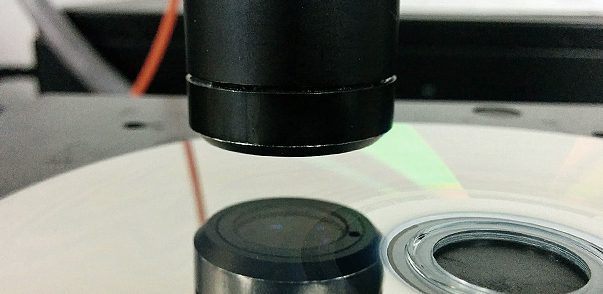
Transparent Film Thickness by 3D Non Contact Profilometry
Transparent film thickness and uniformity is critical for product quality and performance. For example, in CD, DVD and Blu-Ray Disc (BO) production, precise control of the thickness and uniformity of the transparent cover and space layers plays an important role in avoiding focus errors of the laser. Improper injection molding process during CD and BO production may lead to stress-induced birefringence and unreliable data reading. An accurate thickness measurement of the transparent film ensures reliable product inspection and quality control.
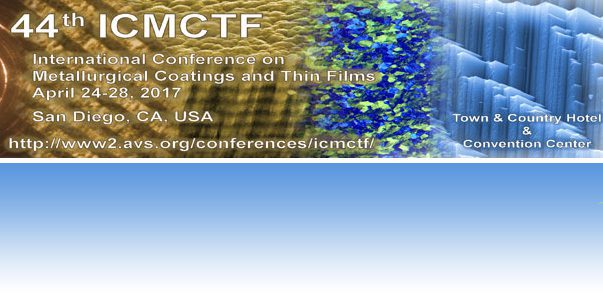
ICMCTF 2017 | Visit Nanovea Booth 309
ICMCTF (The International Conference on Metallurgical Coatings and Thin Films) is recognized as the premier international conference on thin-film deposition, characterization, and advanced surface engineering. It provides a forum and networking venue for scientists, engineers, and technologists from academia, government laboratories, and industry all over the world to present their findings, exchange ideas, share insights, make new friends, and renew old acquaintances. The Conference typically draws more than 700 attendees, covering 40 oral technical sessions and a well-attended Thursday evening poster session. For more information or to request guest passes please Contact Nanovea.
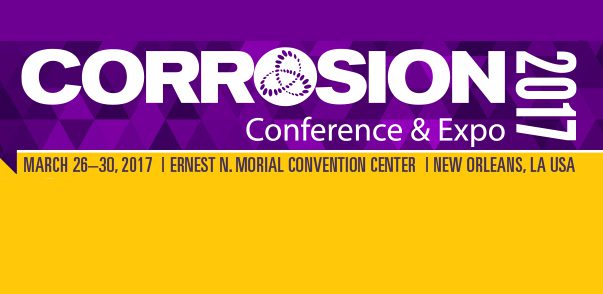
Corrosion 2017 | Visit Nanovea Booth 1554
Corrosion the world’s largest corrosion conference and exposition is coming to “The Big Easy.” Each year we welcome more than 6,000 corrosion engineers, scientists, researchers, technicians, asset owners, inspectors, and other professionals from over 60 countries across the world. This comprehensive conference is packed with technical education and knowledge exchange plus opportunities to connect with industry experts and peers focused on the prevention and mitigation of corrosion worldwide.. For more information or to request guest passes please Contact Nanovea.

Optoelectronic Film Inspection Using 3D Profilometry
Optoelectronic film devices and systems convert visible or infrared radiation to electrical signals. Thin-film optoelectronic devices have a wide variety of applications, including photocells, solar cells and LEDs, etc. The continual development of the optoelectronic thin films and the associated technologies such as impurity incorporation, etching and surface chemistry aims for improving the photoconversion at micro or nano scale levels.

Self Cleaning Glass Coating Friction Measurement
Self cleaning glass coating possesses a low surface energy that repels both water and oils. Such a coating creates an easy-clean and non-stick glass surface that protects it against grime, dirt and staining. The easy-clean coating substantially cuts the water and energy usage on glass cleaning. It does not require harsh and toxic chemical detergents, making it an eco-friendly choice for a wide variety of residential and commercial applications, such as mirrors, shower glasses, windows and windshields.
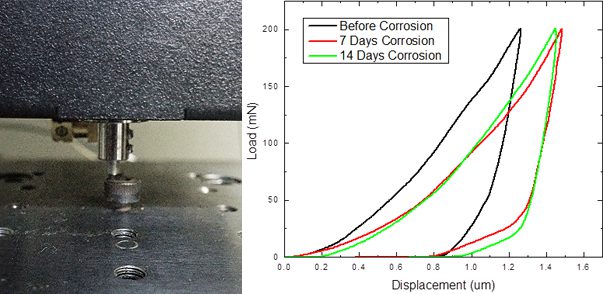
Corrosion Effect On Hardness Using Nanoindentation
The mechanical properties of materials deteriorate during the corrosion process. For example, lepidocrocite (γ-FeOOH) and goethite (α-FeOOH) form in the atmospheric corrosion of carbon steel. Their loose and porous nature results in absorption of moisture and in turn further acceleration of the corrosion process. Akaganeite (β-FeOOH), another form of iron
oxyhydroxide, is generated on the steel surface in chloride containing environments. Nanoindentation can control the indentation depth in the range of nanometers and microns, making it possible to quantitatively measure the hardness and Young’s modulus of the corrosion products formed on the metal surface. It provides physicochemical insight in corrosion mechanisms involved so as to select the best candidate material for the target applications.

Drywall Texture & Pitting Using 3D Profilometry
Drywall texture and roughness is critical in the final products quality and appearance. A better understanding of the effect of surface texture and consistency on the moisture resistance of the coated drywall allows selecting the finest product and optimizing the painting technique to obtain the best result. Quantifiable, fast and reliable surface inspection of the coating surface is in need for quantitative evaluation of the surface quality. The Nanovea 3D Non-Contact Profilometers utilizes chromatic confocal technology with unique capability to precisely measure the sample surface. The line-sensor technique can finish scanning a large drywall surface in minutes.
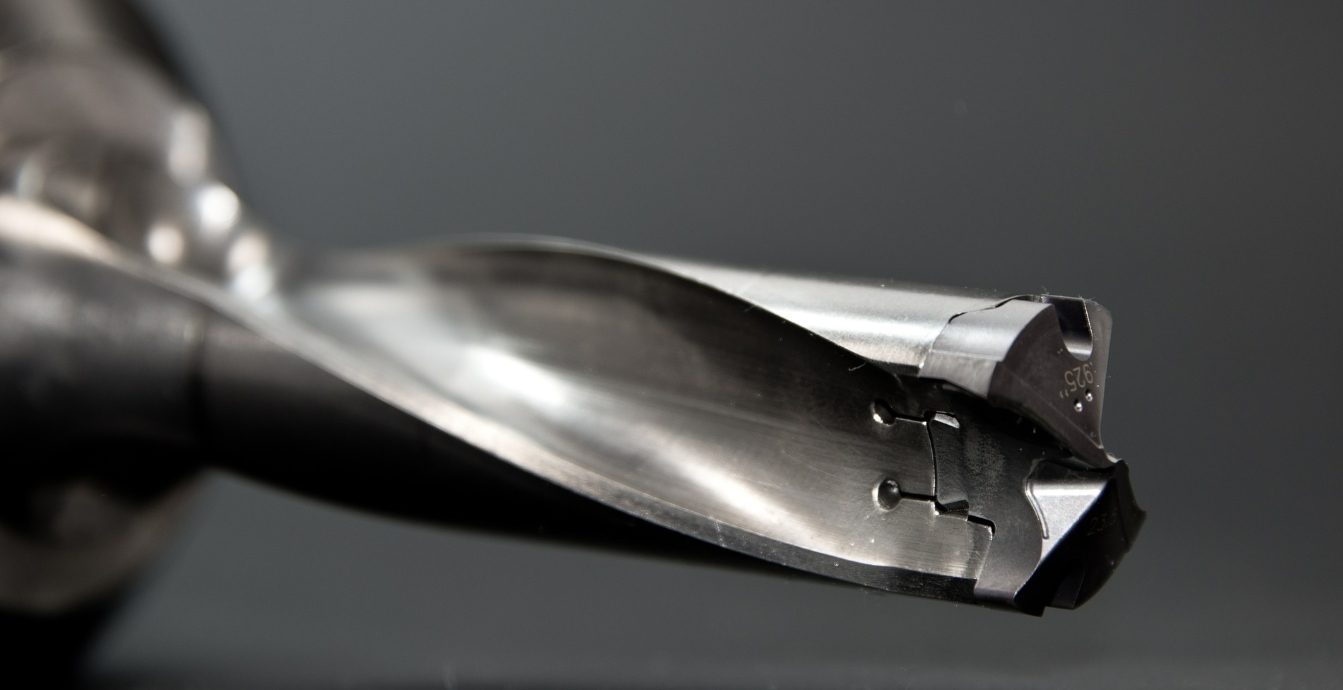
Cyclical Nanoindentation Stress-Strain Measurement
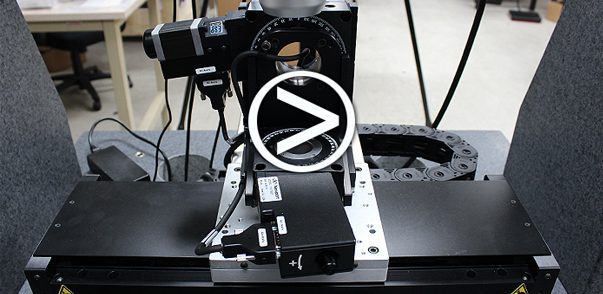
5 AXIS Chromatic Confocal Measurement
Nanovea has delivered on the request for a 5 axis measurement system combined with a chromatic confocal line sensor for fast QC of specialized parts. Watch short Video. To learn more about Nanovea’s Profilometers Learn More


